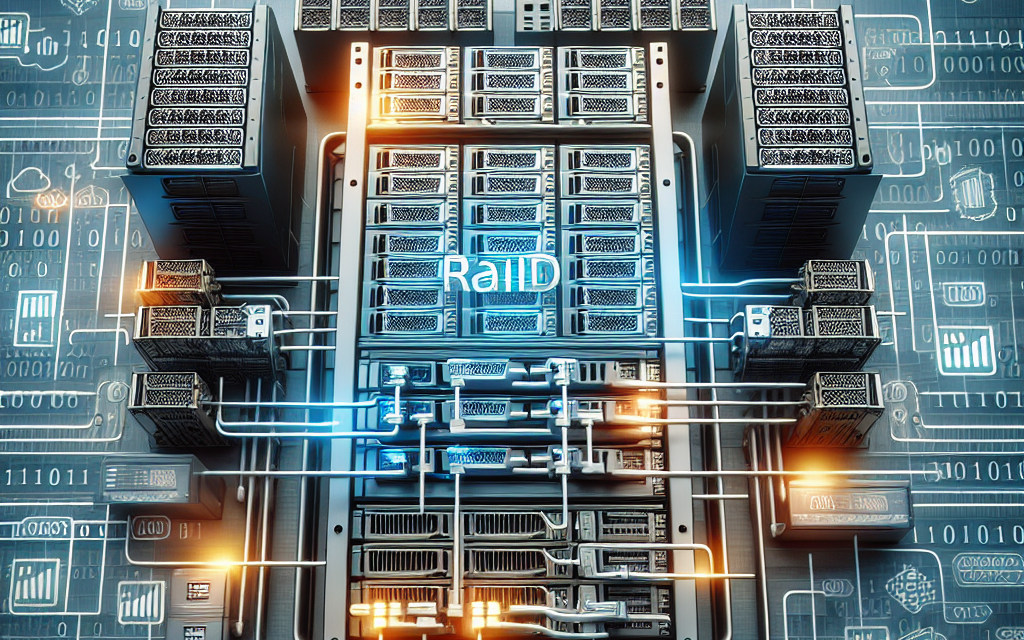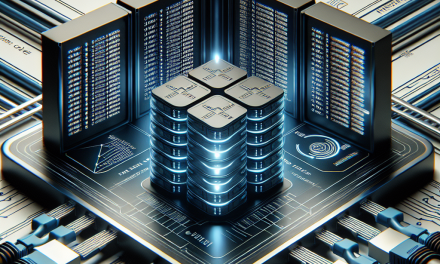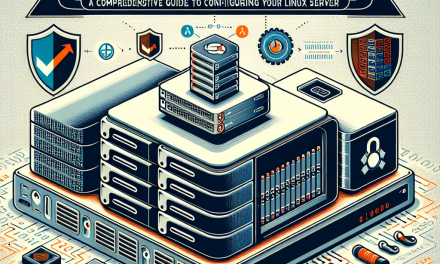In today’s digital landscape, ensuring high availability of services is crucial for organizations. One of the key strategies employed to maintain uptime and data integrity is the implementation of Redundant Array of Independent Disks (RAID). This article will explore the fundamentals of RAID, its various levels, and how to implement it in Linux servers to achieve high availability.
What is RAID?
RAID, or Redundant Array of Independent Disks, is a data storage virtualization technology that combines multiple physical disk drive components into a single logical unit. This configuration enhances performance, increases data redundancy, and provides fault tolerance, ensuring that data remains accessible even in the event of a hardware failure.
Benefits of Implementing RAID
- Data Redundancy: In case of a disk failure, RAID can help recover lost data.
- Improved Performance: Certain RAID configurations can increase read/write speeds.
- High Availability: Systems continue to operate with minimal downtime.
- Scalability: Easily add more drives to increase storage capacity.
Understanding RAID Levels
RAID comes in various configurations known as levels, each with its own advantages and disadvantages:
- RAID 0 (Striping): Offers increased performance by spreading data across multiple drives but provides no redundancy.
- RAID 1 (Mirroring): Duplicates data across two or more drives, offering excellent data redundancy but at the cost of storage efficiency.
- RAID 5 (Striping with Parity): Requires a minimum of three disks. It offers a balance between performance and redundancy, allowing for one disk failure without data loss.
- RAID 6 (Striping with Double Parity): Similar to RAID 5 but can sustain two disk failures. It requires a minimum of four drives.
- RAID 10 (1+0): Combines RAID 1 and RAID 0, providing both redundancy and performance. It requires at least four disks.
Implementing RAID in Linux
Here’s a step-by-step guide to implementing RAID on a Linux server using mdadm, a popular tool for managing RAID arrays.
Prerequisites
- Multiple Disks: Ensure you have the required number of hard drives based on the RAID level you choose.
- Linux Server: A Linux distribution (like Ubuntu, CentOS, or Debian) installed.
- Root Access: You need superuser privileges to configure RAID.
Step 1: Install mdadm
On most Linux distributions, mdadm can be installed via the package manager:
bash
sudo apt update
sudo apt install mdadm
sudo yum install mdadm
Step 2: Create a RAID Array
Example: Setting Up a RAID 5 Array
Assuming you have three disks (/dev/sdb, /dev/sdc, /dev/sdd), you can create a RAID 5 array as follows:
-
Create the RAID Array:
bash
sudo mdadm –create –verbose /dev/md0 –level=5 –raid-devices=3 /dev/sdb /dev/sdc /dev/sdd -
Verify the RAID Array:
bash
cat /proc/mdstat -
Create a Filesystem:
After the RAID array is built, create a filesystem on it:
bash
sudo mkfs.ext4 /dev/md0
Step 3: Mount the RAID Array
-
Create a mount point:
bash
sudo mkdir /mnt/raid5 -
Mount the RAID array:
bash
sudo mount /dev/md0 /mnt/raid5 -
To ensure the RAID array mounts at boot, edit
/etc/fstab:bash
echo ‘/dev/md0 /mnt/raid5 ext4 defaults 0 0’ | sudo tee -a /etc/fstab
Step 4: Monitor the RAID Array
Monitor the RAID to ensure it is functioning properly:
bash
sudo mdadm –detail /dev/md0
You can also set up email notifications for RAID status updates by configuring mdadm to send alerts whenever the status changes.
Step 5: Manage Disk Failures
If a disk fails:
-
Identify the failed disk using:
bash
cat /proc/mdstat -
Remove the failed disk:
bash
sudo mdadm –fail /dev/md0 /dev/sdc
sudo mdadm –remove /dev/md0 /dev/sdc -
Replace it with a new disk:
bash
sudo mdadm –add /dev/md0 /dev/sdc
Conclusion
Implementing RAID in Linux servers is a critical step towards achieving high availability and data integrity. By selecting the appropriate RAID level and following the steps outlined above, organizations can significantly enhance their resilience against hardware failures.
As technology evolves, so too should your high-availability strategies. Regularly review your configurations and be proactive in monitoring the health of your RAID arrays. Remember, a well-implemented RAID system can safeguard your data and maintain business continuity, making it an indispensable aspect of modern server management.
For more insights and technical guidance, stay tuned to WafaTech Blog!





